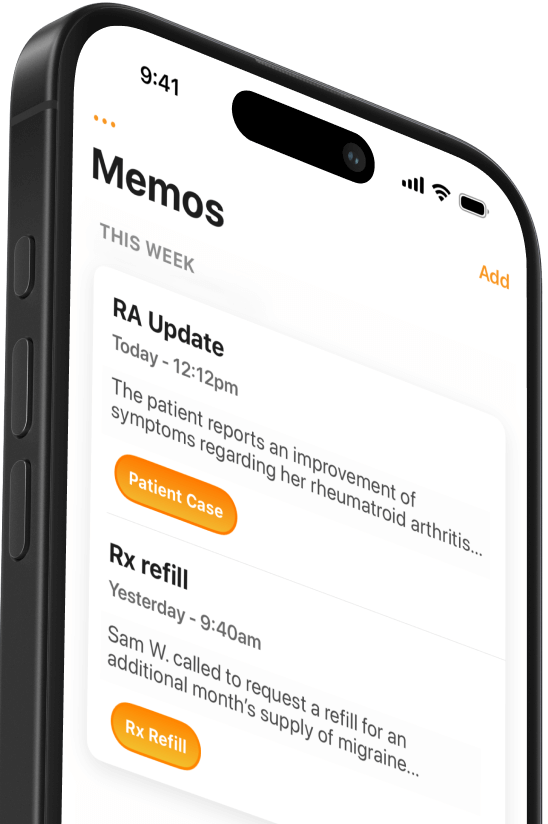How to make telehealth accessible for all patients
Virtual care is now vital, but disparities exist along racial and socioeconomic lines. Ensure telehealth equity by monitoring access and removing barriers.


Popular articles
Virtual care and remote monitoring have been critical assets for the initial healthcare response to COVID-19. But as medical practices reopen, it’s important to develop long-term telehealth strategies for continuing to operate during a pandemic. One important consideration is how to make telehealth accessible to all patients.
COVID-19 reveals health disparities
The coronavirus crisis continues to expose disparities in access to care for vulnerable populations. These disparities are apparent along racial and socio-economic lines, as well as in access to digital technology.
For example, a recent report from the CDC found that, among 580 hospitalized COVID-19 patients, 45% were white, 33% were black, and 8% were hispanic. This and other reports suggest that black populations are disproportionately affected by COVID-19. A recent HHS study sent to Congress also found that racial minority groups - particularly black and Latinx patients - are affected by the virus at a higher rate than their white peers.
These early reports confirm that COVID-19 mortality is disproportionately high among low-income and minority populations.
Telehealth: lowering or raising access barriers?
Without proactive steps, disparities in healthcare access for vulnerable populations can be exacerbated by telehealth.
A 2020 article published in NEJM Catalyst explains how certain groups - including older adults, racial minorities, and rural populations - tend to have more limited digital literacy and access. As primary care practices move visits online, these populations are less likely to receive care.
Early data from the UCSF General Internal Medicine Primary Care Practice confirms this concern. After implementing telemedicine, the practice saw fewer visits from each of the following patient categories: Age 65+, non-English language preference, Medicare, and Medicaid.
Visits visits by racial minorities also declined compared to the baseline prior to scaling up telehealth.

As the NEJM article summarizes:
“Without proactive efforts to ensure equity, the current wide-sale implementation of telemedicine may increase disparities in health care access of vulnerable populations with limited digital literacy or access, such as rural residents, racial/ethnic minorities, older adults, and those with low income, limited health literacy, or limited English proficiency.”
How to make telehealth accessible
The following four recommendations will help your practice make telehealth accessible to all patients.
1. Identify potential disparities in telemedicine access
Similar to the UCSF Primary Care Practice, you can refer to your electronic health record data to summarize patient demographics before and after implementing telehealth.
Summarizing this data is the first step to understanding potential disparities in telemedicine access.
Look at the subgroups known to have limited digital literacy and access, including:
- Older adults
- Low socioeconomic status
- Limited health literacy
- Limited English proficiency
- Racial/ethnic minorities
Once you have a baseline, it should be easy to continue monitoring your data to evaluate the impact of any changes you make.
2. Mitigate digital literacy and resource barriers
While most U.S. adults own smartphones, having the device doesn’t guarantee patients have the sills to use it. One of the simplest ways to address equity issues is to educate your patients.
You already educate patients about their health, so consider using those skills to teach patients the basics of conducting a telehealth visit.
Another simple step is to inform patients about free or reduced-cost broadband Internet in their area. This will make it easier for patients with limited access to schedule telehealth appointments and get the care they need.
3. Remove common health-system barriers to accessing video visits
Research has repeatedly shown that vulnerable populations are less likely to use patient portals. Therefore one of the simplest steps your practice can take is to not require enrollment in a patient portal prior to accessing telehealth. If your practice requires patient portal enrollment before video visits, revisit this policy.
Here are a few additional ways your practice can remove health system-created barriers to telehealth:
- Offer video visits to every patient
- Ensure adequate language interpreter access
- Screen for patients at high risk of not being able to use telehealth (those without a device, Internet/data, or the privacy to take a call)
- Consider offering telephone visits if video visits are impossible
4. Advocate for policies that facilitate equitable telemedicine access
As a medical professional, you can also advocate for changes to local, state, and federal policy.
One policy developing momentum in response to the coronavirus is to expand low-cost or free broadband Internet access. Another is to fund equipment purchases and digital infrastructure development for federally qualified community health centers that may lack telehealth services access. A third proposal is to ensure pay parity for both telephone and video visits by all payers (especially Medicaid).
These are just some of the ways clinicians and medical practices can make telehealth accessible to all patients.
Related Articles


We Get Doctors Home on Time.
Contact us
We proudly offer enterprise-ready solutions for large clinical practices and hospitals.
Whether you’re looking for a universal dictation platform or want to improve the documentation efficiency of your workforce, we’re here to help.





